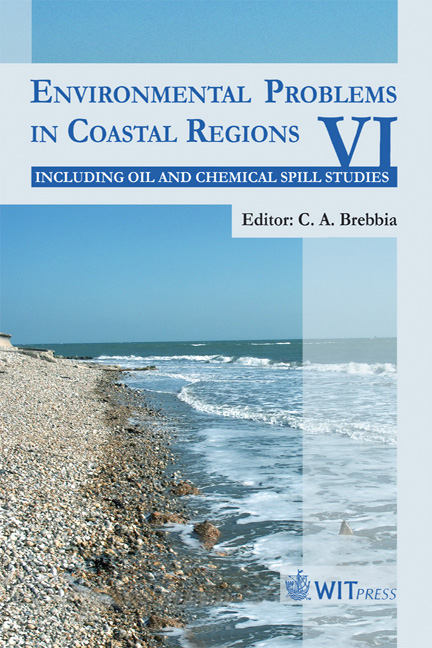Satellite Based Oil Spill And Ship Detection Service – From National Towards Pan-European Multi-user Services
Price
Free (open access)
Transaction
Volume
88
Pages
8
Published
2006
Size
846 kb
Paper DOI
10.2495/CENV060341
Copyright
WIT Press
Author(s)
J. Petter Pedersen, L. Steinbakk, T. Schonberg & M. Indregard
Abstract
Satellite based Synthetic Aperture Radar (SAR) has become one of the most important sensors for operational monitoring of the marine environment. Kongsberg Satellite Services (KSAT) has since 1994 been delivering SAR based oil spill and ship detection services to European end users in near real time, i.e. less than one hour after satellite overpass. The technical capabilities have been documented and accepted, and the main challenge now is to obtain long-term sustainable services. The Norwegian SatOcean program and the ESA supported Marked Development project on Marine Surveillance (ESA-MD MAS) are two initiatives where the multi-user model has been established. These have been established to obtain a better understanding and to gain experience relevant for further development of a sustainable pan-European marine surveillance service. Traditionally KSAT provided a single user in each area with data and information; however it became evident that there was a problem contracting users on a long term basis due mainly to budget restraints. KSAT engaged in a new approach; the multi-user model. In this multi-user model several users share costs, data and information creating a sustainable operational service. Keywords: satellite, SAR, oil service, AIS, multiuser, SatOcean, marine surveillance. 1 Introduction Marine surveillance is important for environmental protection and sustainable management of the Exclusive Economic Zone (EEZ) of coastal nations. National legislation and international agreements exist to prevent illegal activities such as:
Keywords
satellite, SAR, oil service, AIS, multiuser, SatOcean, marine surveillance.





